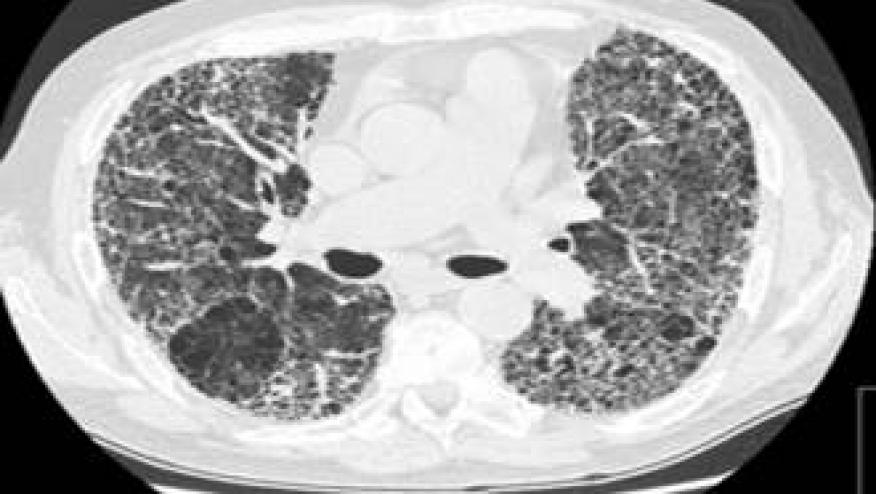Is DLCO Predictive in Rheumatoid Interstitial Lung Disease? Save

Interstitial lung disease (ILD) is a common extra-articular manifestation of rheumatoid arthritis (RA). Its presence may portend grave outcomes for those affected. The prevalence of ILD in RA ranges from 7.7% to 44% depending on the assessment tools used. Clinically significant ILD probably affects fewer than 10% of patients.
Nature reviews this topic via a retrospective analysis. Investigators aimed to identify clinical features of RA-associated ILD (RA-ILD). This retrospective study included those with RA-ILD and those without ILD (based on high-resolution CT imaging). Patients were assessed by PFTs, RA-related biomarkers, tumour markers, and acute-phase proteins and compared between the two groups. Receiver operating characteristic analysis was performed to assess potential predictive value of clinical features for detecting RA-ILD.
Patients with RA-ILD showed reduced total lung capacity, inspiratory capacity, DLCO (diffusion capacity of the lung for carbon monoxide) values. Tumour markers CA15–3 and CA125 were increased in patients with RA-ILD. Logistic regression analysis revealed that decreased DLCO was related to the increased likelihood of RA-ILD (OR = 0.94, 95%CI = [0.91, 0.98]). The cut-off point at 52.95 percent of predicted value could sensitively discriminate RA patients with or without ILD.
This study suggests that DLCO value has predictive value in detecting ILD in patients with RA.







If you are a health practitioner, you may Login/Register to comment.
Due to the nature of these comment forums, only health practitioners are allowed to comment at this time.